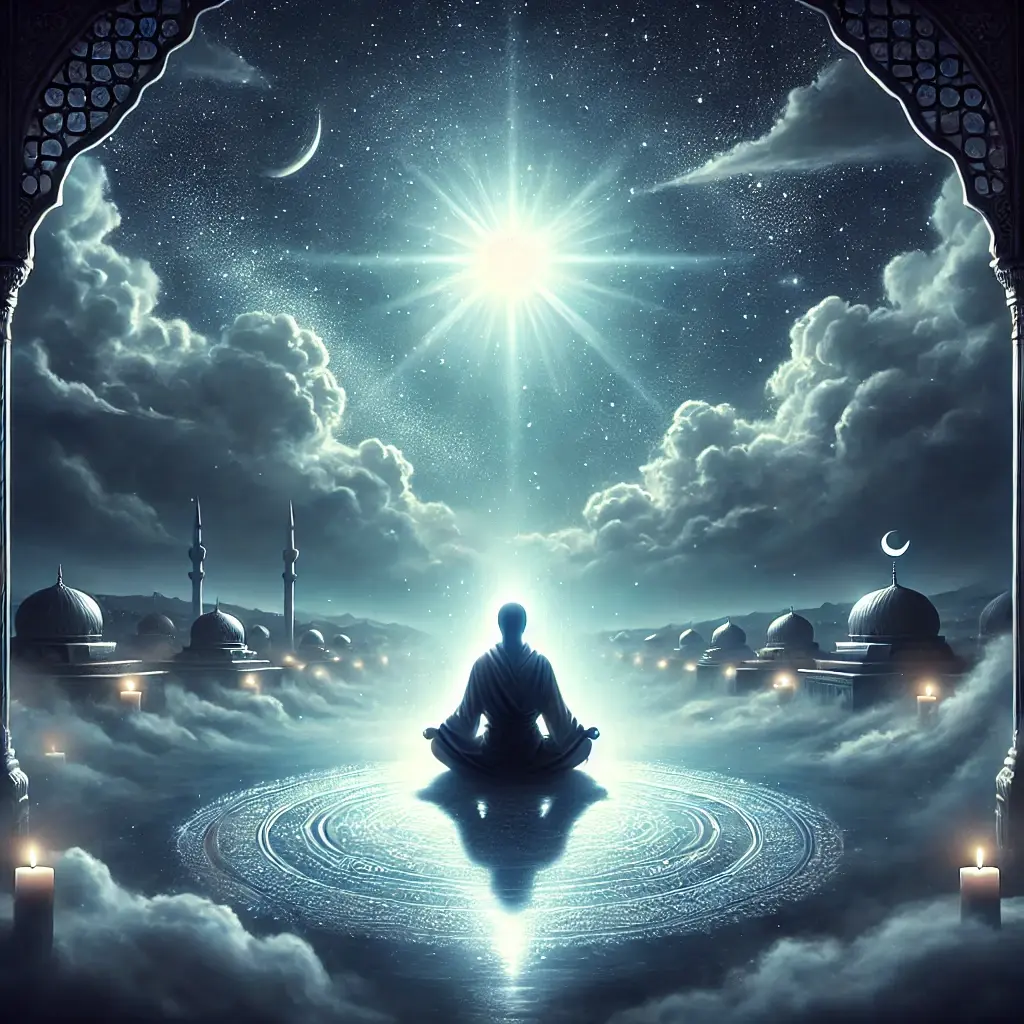Dream Interpretations Across Cultures: Universal Symbols and Local Insights
Dreams have fascinated humanity for millennia, serving as a bridge between the conscious and unconscious mind. While the experience of dreaming is universal, the interpretation of dreams varies greatly across cultures. These interpretations are deeply influenced by religious beliefs, philosophical traditions, and cultural norms, giving rise to diverse methods of understanding the meaning of dreams.
- Dream Interpretations Across Cultures: Universal Symbols and Local Insights
- The Universality and Diversity of Dreams
- The Universal Nature of Dreams
- Dream Interpretations in Islamic Culture
- The Nature and Categories of Dreams
- Ibn Sīrīn’s Contributions
- Western Perspectives on Dream Interpretation
- Freud’s Analysis of Dreams
- Jung’s Archetypes and the Collective Unconscious
- Eastern Approaches to Dreams
- Chinese Dream Interpretations
- Hindu Perspectives on Dreams
- Dream Interpretations in Indigenous and African Cultures
- Shamanic Dream Interpretation
- Universal Symbols in Dream Interpretation
- Shared Themes and Cultural Nuances in Dream Interpretation
- The Importance of Cultural Context
- Dreams as a Universal Language
- Sources
This article explores how different cultures interpret dreams, the symbols they prioritize, and the universal and individual meanings they uncover. By examining both shared themes and unique perspectives, we can better appreciate the rich tapestry of global dream interpretation.
The Universality and Diversity of Dreams
The Universal Nature of Dreams
Dreams are a shared human experience, transcending boundaries of geography, religion, and culture. However, the symbols and meanings attached to dreams are shaped by local traditions and beliefs. For example, water may symbolize purification and renewal in one culture, while representing emotional turmoil in another.
Source: Domhoff, G. W. (2003). The Scientific Study of Dreams: Neural Networks, Cognitive Development, and Content Analysis. Washington, DC: American Psychological Association.
Dream Interpretations in Islamic Culture
The Nature and Categories of Dreams
In Islamic tradition, dreams are regarded as a form of divine communication or guidance. The Prophet Muhammad emphasized their significance, saying, “A true dream is one of forty-six parts of prophecy.” Islamic scholars categorize dreams into three types:
- True Dreams (Rahmani): Positive and meaningful dreams believed to come from God.
- False Dreams (Shaytani): Disturbing dreams attributed to satanic influences.
- Everyday Dreams (Nafsani): Reflections of daily life and personal concerns.
Ibn Sīrīn’s Contributions
Ibn Sīrīn, a renowned Islamic dream interpreter, developed a comprehensive guide for understanding dreams. His interpretations often link symbols to religious and moral themes:
- Water: A symbol of blessings, prosperity, and spiritual purity.
- Snakes: Represent enmity or danger but can also signify transformation in certain contexts.
Source: Ibn Sīrīn. Kitab al-Ta’bir.
Western Perspectives on Dream Interpretation
Freud’s Analysis of Dreams
Sigmund Freud viewed dreams as a window into the unconscious mind, revealing repressed desires and unresolved conflicts. In his seminal work The Interpretation of Dreams, Freud outlined the dual structure of dreams:
- Manifest Content: The literal storyline of the dream.
- Latent Content: The hidden, symbolic meaning underlying the dream.
For Freud, symbols like staircases often carried sexual connotations, reflecting unconscious desires.
Jung’s Archetypes and the Collective Unconscious
Carl Jung expanded on Freud’s theories, introducing the concept of the collective unconscious. Jung believed dreams reflect universal archetypes that transcend individual experiences:
- The Hero: Represents the journey of overcoming challenges and achieving self-realization.
- The Shadow: Embodies repressed fears, weaknesses, and untapped potential.
Sources:
- Freud, S. (1900). The Interpretation of Dreams.
- Jung, C. G. (1968). Man and His Symbols.
Eastern Approaches to Dreams
Chinese Dream Interpretations
In Chinese culture, dreams are closely tied to spiritual and emotional balance. Influenced by Taoist philosophy, dreams often convey messages about harmony and personal well-being:
- Water: Reflects emotional flow and inner peace.
- Mountains: Symbolize strength, resilience, and obstacles to overcome.
Hindu Perspectives on Dreams
Hinduism considers dreams to be a reflection of karma and spiritual progress. Ancient Hindu texts link dreams to divine messages and life’s cycles:
- The Sun: A symbol of enlightenment and divine guidance.
- Snakes: Represent both danger and transformation, depending on the dreamer’s spiritual state.
Source: Eliade, M. (1964). Yoga: Immortality and Freedom. Princeton: Princeton University Press.
Dream Interpretations in Indigenous and African Cultures
In many indigenous and African traditions, dreams serve as a connection to the spirit world. Shamans often use dreams as a tool for healing and guidance.
Shamanic Dream Interpretation
Shamanic cultures view dreams as a bridge between the physical and spiritual realms. Symbols often represent totemic animals or spiritual forces:
- Eagle: A sign of wisdom and elevated consciousness.
- Wolf: Symbolizes intuition, independence, and primal instincts.
Source: Harner, M. (1980). The Way of the Shaman.
Universal Symbols in Dream Interpretation
Certain symbols appear across cultures with similar meanings, highlighting the shared nature of human experience. Examples include:
- Water: Associated with emotions, purification, and life’s flow.
- Snakes: Often symbolize transformation, danger, or hidden knowledge.
- The Sun: Represents enlightenment, vitality, and renewal.
- Bridges: Indicate transitions, change, or the crossing of thresholds.
Shared Themes and Cultural Nuances in Dream Interpretation
Despite cultural differences, dreams often address universal themes such as personal growth, fear, and spiritual transformation. While interpretations vary, the act of analyzing dreams reflects a common human desire to find meaning and guidance.
The Importance of Cultural Context
Understanding the cultural background of dream interpretations enriches our appreciation for their diversity. By integrating universal symbols with local traditions, dream analysis becomes a more holistic and meaningful practice.
Dreams as a Universal Language
Dream interpretations across cultures reveal the deep connections between individuals and their communities. From Islamic spiritual guidance to Western psychoanalytic theories, and from Eastern philosophies to indigenous wisdom, dreams serve as a mirror of human experience.
By exploring the symbolic language of dreams, we gain insight into our innermost selves and the shared narratives that bind us together. Whether for personal reflection or cultural understanding, dream interpretation remains a powerful tool for self-discovery and connection.
Sources
- Ibn Sīrīn. Kitab al-Ta’bir.
- Freud, S. (1900). The Interpretation of Dreams.
- Jung, C. G. (1968). Man and His Symbols.
- Harner, M. (1980). The Way of the Shaman.
- Eliade, M. (1964). Yoga: Immortality and Freedom.
This exploration of dream interpretations highlights the richness and depth of this universal human experience. Dive into the symbolic language of your dreams and uncover the stories they tell.





